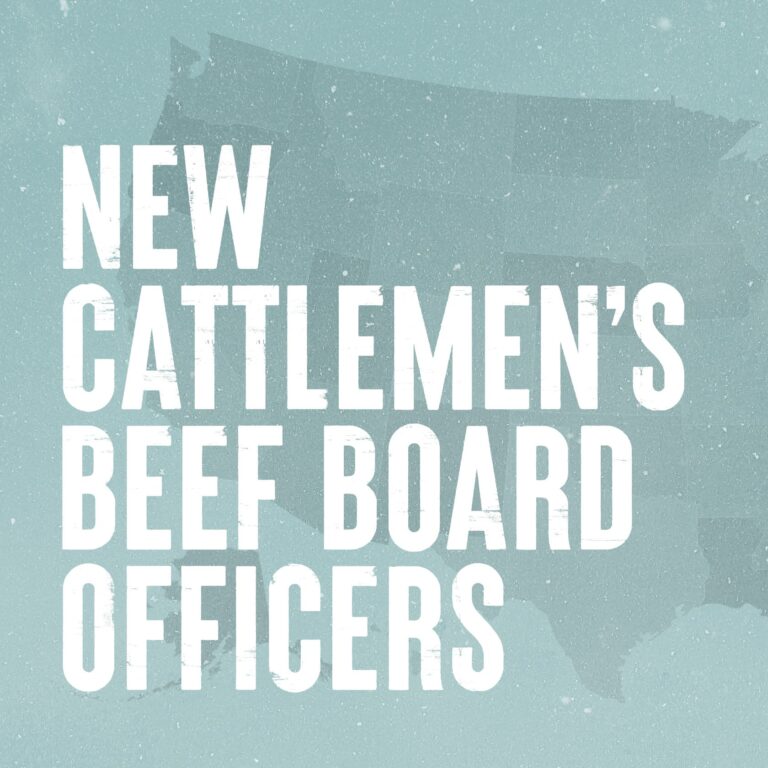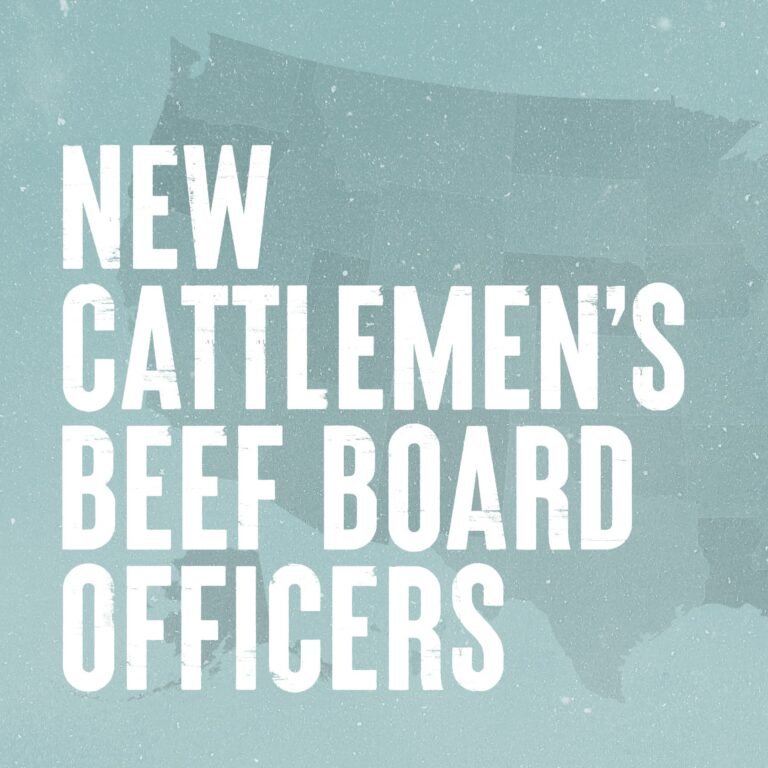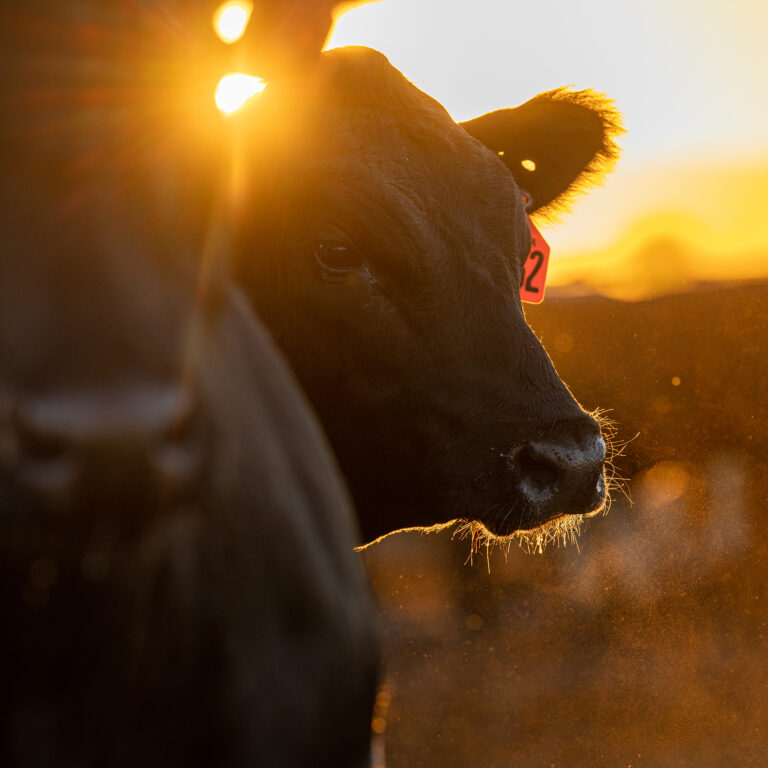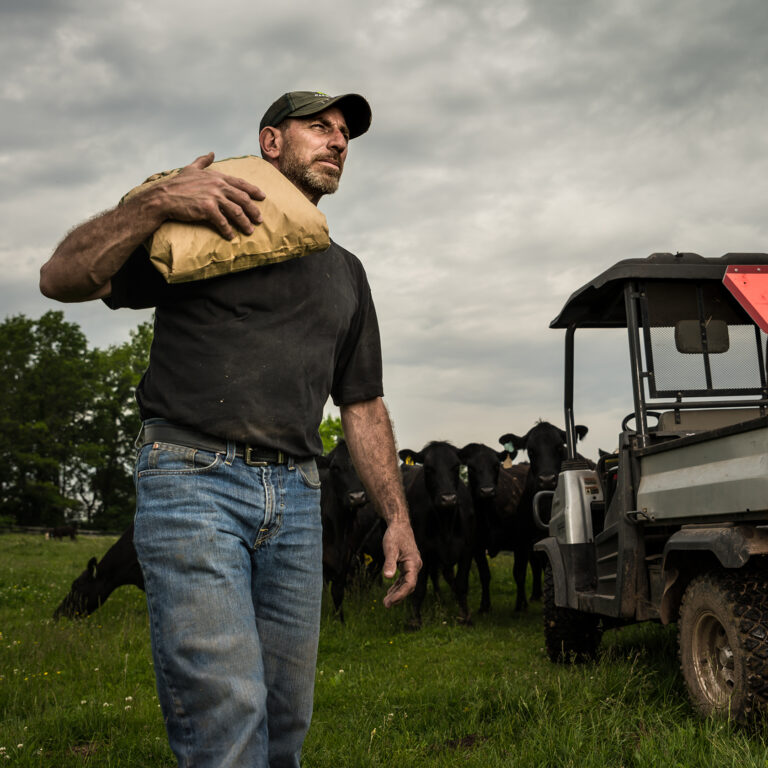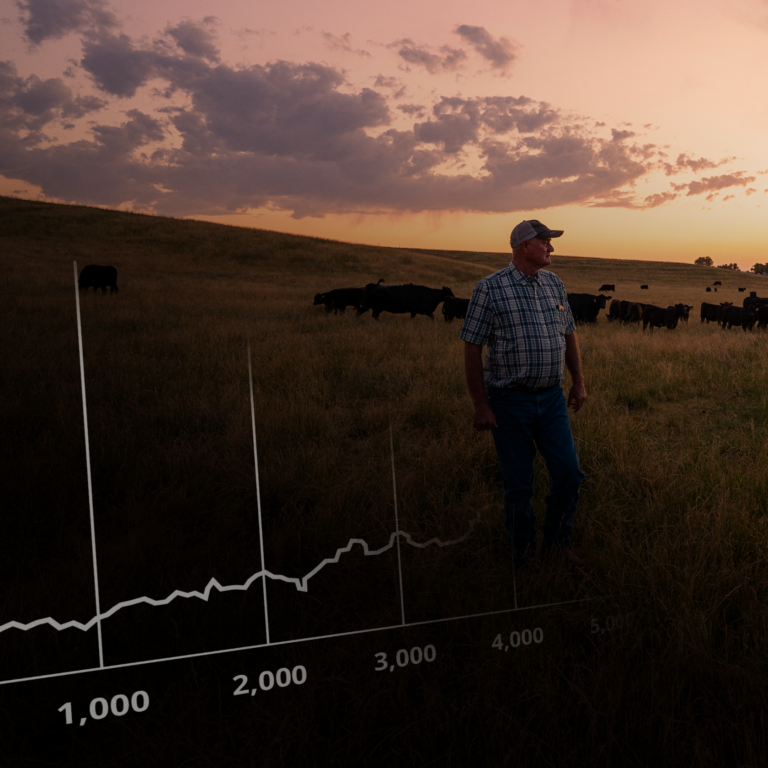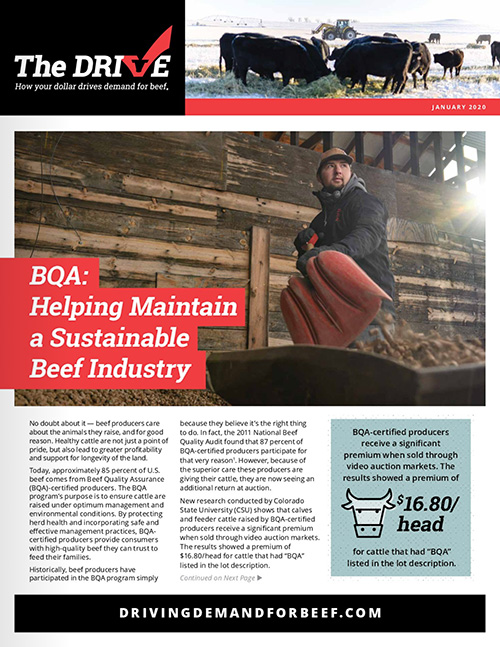Program Evaluation: Maximizing Impact and Efficiency
Beef Checkoff Planning, Execution and Improvement
How effective are Checkoff-funded programs at increasing the demand for beef? Program evaluation is how the Cattlemen’s Beef Board (CBB) assesses program implementation, results, and areas of growth and improvement.
The Beef Checkoff’s program evaluation process consists of both internal and external reviews. Internally, Checkoff contractors establish program goals and identify Key Performance Indicators (KPIs) that are tracked throughout the fiscal year. These metrics help establish benchmarks that provide short- and long-term insights into a program’s performance and effectiveness. To complement the internal program, a third party conducts their own outside reviews to gain more in-depth knowledge on how state partners and industry stakeholders utilize Checkoff programs. These external reviews also enhance transparency and accountability of how Checkoff dollars are spent.
Checkoff Evaluation Committee
Now, who reviews program evaluation metrics? The Cattlemen’s Beef Board and the Federation of State Beef Councils together appoint producers and importers to serve on the Beef Checkoff Evaluation Committee. Throughout the year, this 12-member committee reviews the internal, quarterly program updates that contractors submit. These quarterly reports outline program activities, target audiences, program changes, context to the outcomes, opportunities for growth, etc. Where possible, contractors also include higher-level metrics such as changes in perception, behaviors, sales data and economic impacts.
The Beef Checkoff Evaluation Committee also conducts annual external program reviews. To gain greater insights into program effectiveness and synergies, the committee reviews programs with similarities, such as producer- or consumer-facing audiences, promotional content or educational components.
Ensuring Efficient Investments
There are times when Beef Checkoff program goals and objectives are not met as planned. When this occurs, the Beef Checkoff Evaluation Committee does not view this negatively but rather as an opportunity to learn and adjust programs to ensure the effective use of Checkoff investments.
“There does need to be accountability for how Beef Checkoff funds are spent, but when program evaluation is viewed as an audit vs. a learning tool, it can have unintended consequences such as hampering program innovation or the willingness to try a new approach,” said Beka Wall, sr. director of evaluation and outreach as the Cattlemen’s Beef Board. “Whether a contractor’s goals are exceeded or not met, all information is considered knowledge that can be applied back to improving Beef Checkoff-funded programs.”
Overall, when contractors track metrics and KPIs that yield beneficial information, Checkoff spending becomes more and more efficient. “There is a well-known saying by Albert Einstein, ‘The definition of insanity is doing the same thing over and over and expecting different results,’” Wall said. “If you don’t measure and evaluate programs, you can’t determine what is or is not working. Therefore, evaluation data is essential to providing insights that improve Beef Checkoff program efficiencies.”
Program Evaluation Reporting
Reporting program evaluation information is arguably one of the most important functions of the Checkoff Evaluation Committee. The committee presents program evaluation information back to beef producers and stakeholders in various ways, like the Annual Evaluation Report, The Drive, social media and so much more, so they can experience the wins and successes of their Beef Checkoff investment
The Beef Checkoff program was established as part of the 1985 Farm Bill. The checkoff assesses $1 per head on the sale of live domestic and imported cattle, in addition to a comparable assessment on imported beef and beef products. States may retain up to 50 cents on the dollar and forward the other 50 cents per head to the Cattlemen’s Beef Promotion and Research Board, which administers the national checkoff program, subject to USDA approval.



